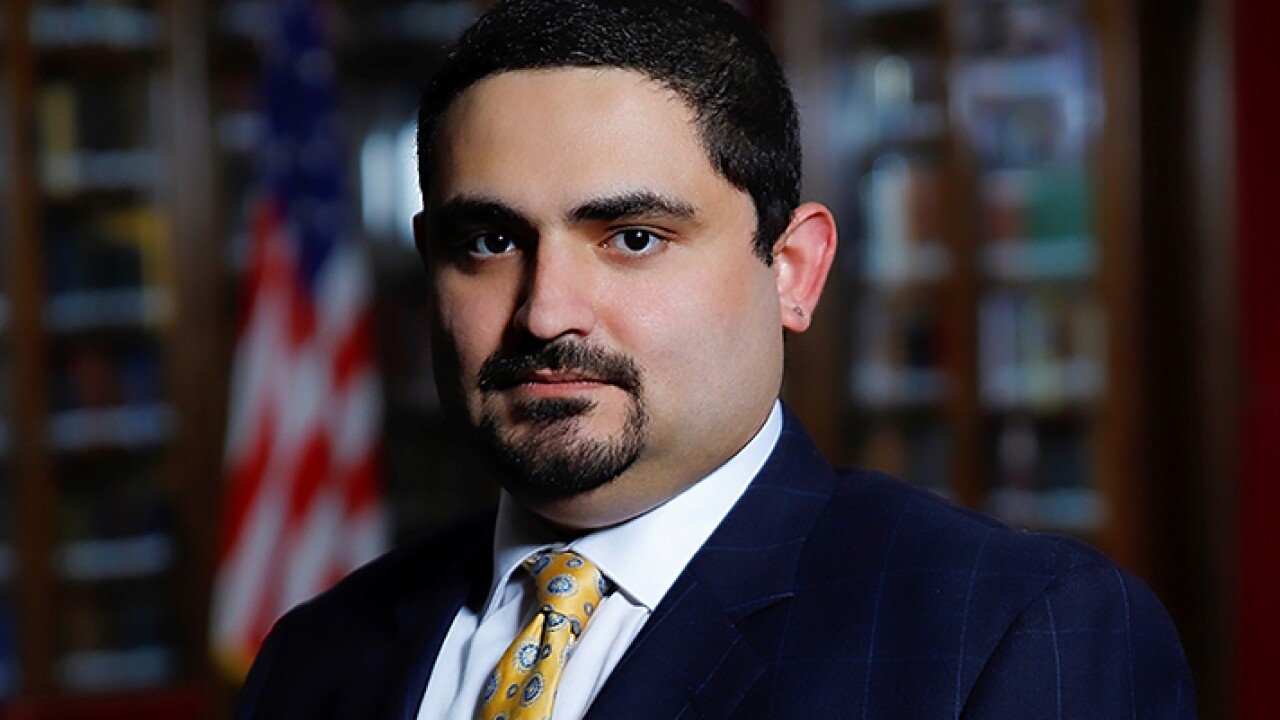The Rhode Island Infrastructure Bank's issuance of inaugural public-market green bond marked another milestone for the bank, executive director
It was a natural fit for an organization that finances infrastructure-based projects including wastewater, road and bridge, energy efficiency and renewable energy, and brownfield remediation.

"As an organization we've been issuing green bonds for 25 years. We just didn't know it," Diehl said in an interview. "The label wasn't around. It's [now] a unique asset class and we felt it was time for us."
The bank in late November closed its $18.3 million Efficient Buildings Fund bond, which received S&P Global Ratings' AA rating. The bond received the highest green rating of E1 through an independent third party evaluation by S&P.
The issuance "will help broaden Rhode Island’s investor base,” said General Treasurer Seth Magaziner, a bank board member.
RIIB evolved from an initiative in 2015 by Gov. Gina Raimondo and Magaziner to rebrand and expand the role of the triple-A rated Rhode Island Clean Water Finance Agency.
"This really led to the expansion of our mandate," Diehl said.
Overall, the bank has provided nearly $32 million in loans to 12 municipalities across the state.
The Efficient Buildings Fund provides below-market interest rate loans to municipalities, school districts and quasi-state entities to invest in clean energy projects.
According to Diehl, the fund since 2016 has reduced energy and maintenance costs for municipalities by roughly $66 million through green-related investments. By tapping long-term private capital in the bond market, the bank was able to combine the limited EBF program capital to meet municipal demand for clean energy projects.
"It's a way for us to do more with limited resources," Diehl said.
S&P accompanied its E1 rating with a weighted aggregate score of 85. The rating agency assigns green evaluations of E1 to E4, the latter being the lowest.
S&P evaluated the EBF bond for climate resilience and environmental impact of underlying projects and the adherence of the transaction to green bond principles.
"I was personally intrigued," Diehl said of S&P's system. "They looked at a lot of things, more than just adherence to green-bond principles. They also looked at mitigation, governance and transparency."
"It as a transaction that the green bond model doesn't see very often," Diehl said. "We've already identified the projects at the same time we've issued the bond. There's very high transparency because investors know what they're buying when they buy the bond."
The bank scored an 85 on mitigation from S&P, which cited nearly half the proceeds allocated to green energy projects, while transparency and governance merited 86 and 83, respectively.
"The transparency score reflects in part the bank's clear project selection process and required reporting on projects after completion," S&P said. "The separate funds for the project loans and supervision over the allocation of the payments that are carefully tracked for disbursement to the intended renewable or energy saving projects support our governance score."
Diehl, whose organization has transformed its technology, expects the bank to close fiscal 2018 with roughly 35% percent of its portfolio consisting of new business.
The bank also intends to further the goals of Resilient Rhody, a climate-resilience initiative.
"We expect to put shovels in the ground around that," Diehl said.
RIIB last month became the first nonfounding member of the
"It's a global recognition of the innovative way of mobilizing private-sector capital into the energy space here in Rhode Island," Diehl said. "That's a testament to the vision of the governor and the general treasurer."





